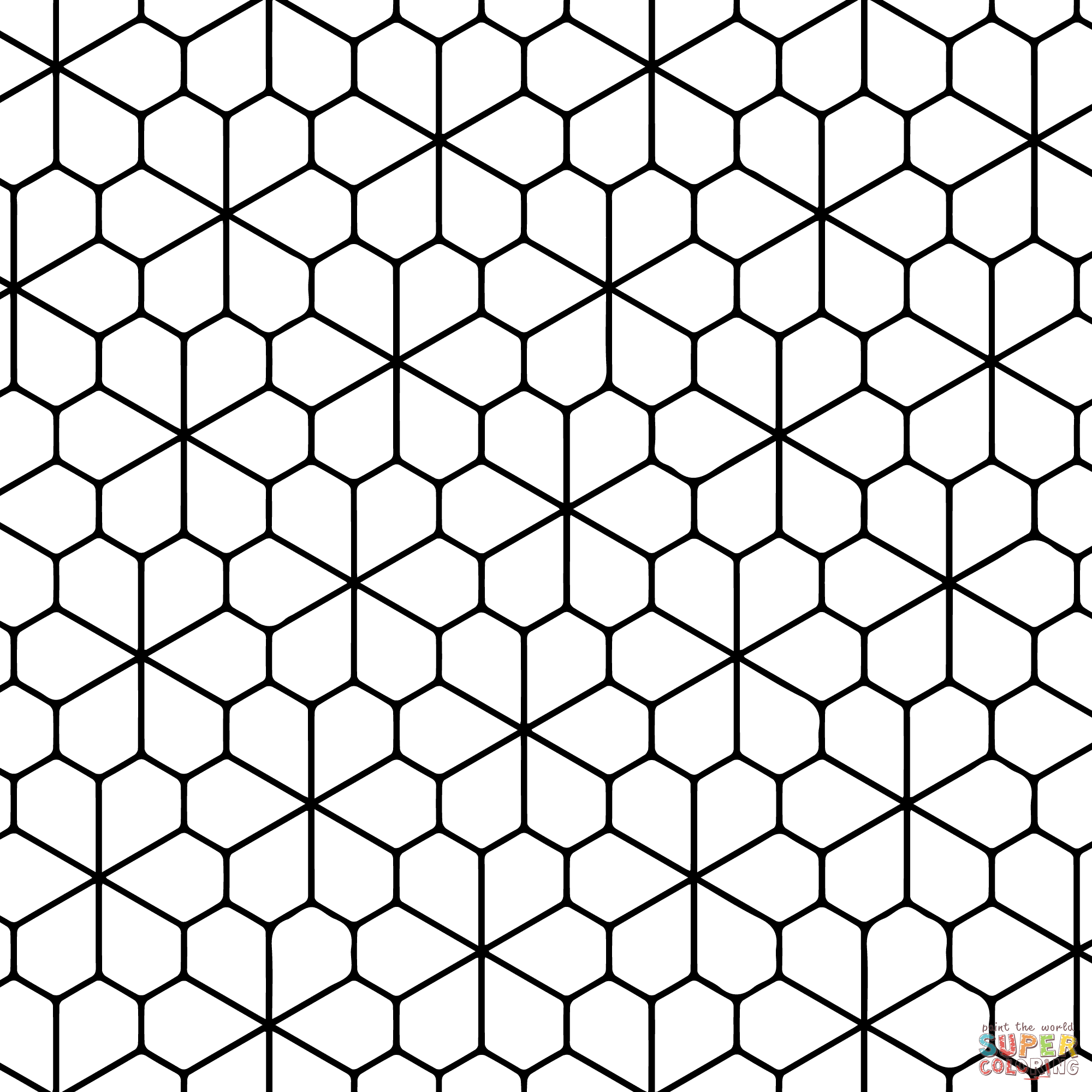



In math, translation means shifting the position of a shape without moving it in any other way.į you want to flip your shape from side A to side B each time you trace it, it will look like a mirror image of the original shape. If you start with side A facing up do you ever have to turn it over to side B to make your tessellation? If you only have to slide the piece without flipping it over or rotating it, then you are making a translation tessellation. Try to cover your whole sheet of paper by tracing the pattern, moving it, then tracing it again. Can you figure out where to place the pattern so that your paper will be covered with repetitions of this shape with no overlaps and no gaps? Pick up your shape and make it fit with the shape you traced like a puzzle. Carefully trace around it using a pencil (you can go back over it with a marker later). Lay your shape anywhere on your clean paper. Psychologists-doctors who study the mind and how we think-are interested in his drawings because the illusions in the works help them study how humans perceive, or view, the world. Remember that cool word? This artist used patterns of shapes that cover an area so that there are no gaps and no overlaps. Birds and fish have been used to divide the plane regularly as the basis of the print. Sky and Water was first printed from a woodcut in June 1938, by its creator M.C Escher. Let us now look at some of the greatest artworks that display tessellation patterns. His repeating patterns illustrate a mathematical idea called tessellation. Geometric patterns have been an integral motif in art and architecture throughout human history. Escher’s works draw interest from many different people, such as art lovers, mathematicians and even psychologists. He was so inspired by this that he began to included many such patterns in his own works of art! Many of the decorative tiles there were used to make repeating patterns. When he visited cathedrals and grand buildings in southern Spain, he noticed something very interesting to him.
TESSELLATION PATTERNS HOW TO
He went to a school for Architecture and Decorative Arts, where he learned how to draw and use design along with math! When he finished school, he traveled to many counties across Europe. Maurits Cornelis Escher was born in Leeuwarden, The Netherlands, on June 17, 1898.


 0 kommentar(er)
0 kommentar(er)
